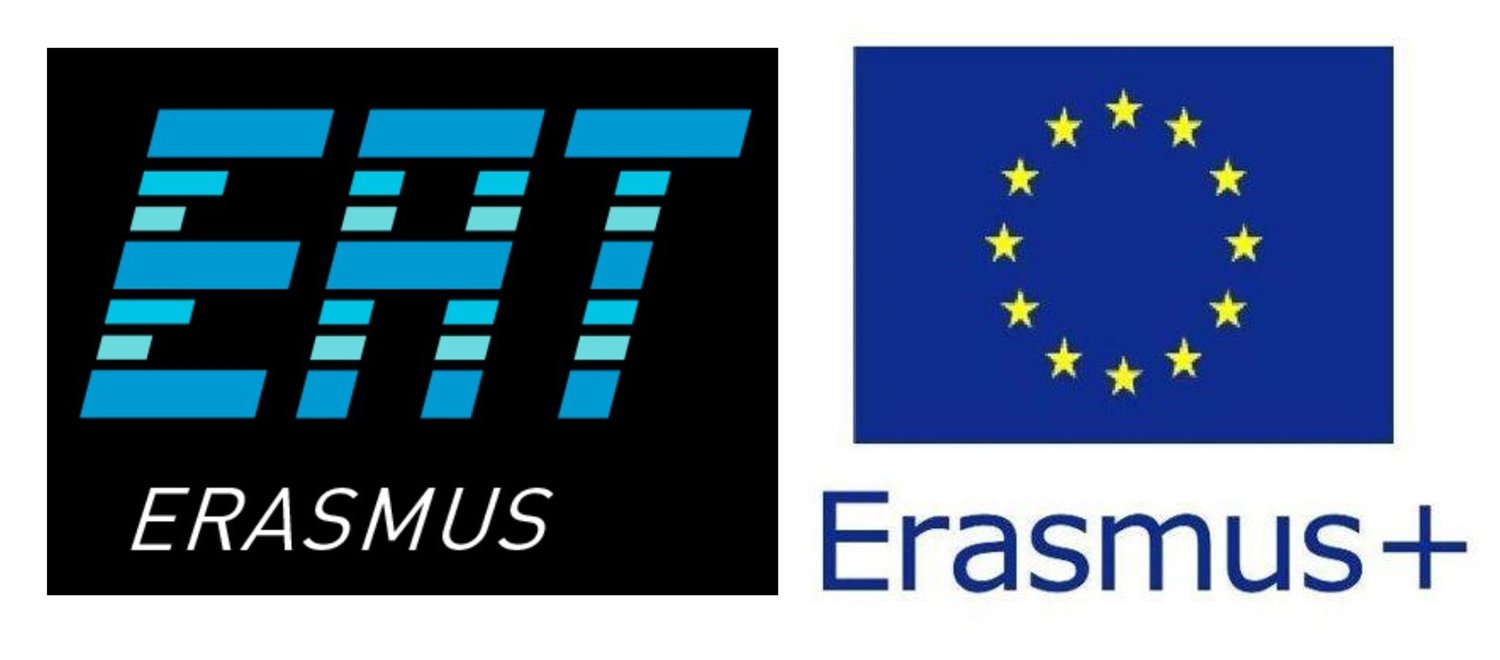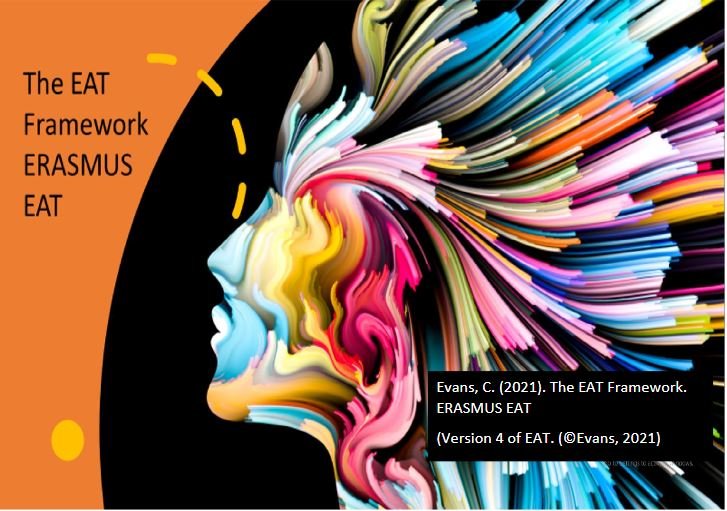1.1 Introduction
A key aim of assessment and feedback practice in higher education is to enhance students’ abilities to accurately judge the quality of their own work (Sadler, 1989; Sadler 2017). Being able to accurately judge one’s own work is integral to developing self-regulatory capacity in order to manage one’s own learning both now and in the future (Boud & Molloy, 2013; Tai. et al., 2018).
The fundamental question for all those involved in the assessment process is how to design learning environments with students that promote their engagement with it, in order to support the development of high level self-regulatory skills; the skills that matter (Evans, 2016).
“The indispensable conditions for improvement are that a student comes to hold a concept of quality roughly similar to that held by the teacher, is able to monitor continuously the quality of what is being produced during the act of production itself, and has a repertoire of alternative moves or strategies from which to draw at any given point. In other words, students have to be able to judge the quality of what they are producing and be able to regulate what they are doing during the doing of it.” (Sadler, 1989, p.121)
Self-regulated learning, as highlighted in Sadler’s quote above, encompasses many of the strongest predictors of achievement (Dent & Koenka, 2016; DiFrancesco, Nietfeld & Cao, 2016; Schneider & Preckel, 2017; Zimmerman, 2008). It, therefore, makes sense that higher education assessment design should seek to maximize students’ self-regulatory capacity given its connection with students’ academic success (Dörrenbächer & Perels, 2016).
Self-regulating students do better, personally, academically and professionally, than those who do not, where the tasks require it* (Bembenutty, While, & Vélez, 2015; Dent & Koenka, 2016; Panadero, 2017). * However, if the nature of assessment does not require students to engage meaningfully in their learning, we cannot criticise them for not doing so, especially if they are applying self-regulatory strategies appropriately (i.e., deploying the appropriate effort and approaches to attain the goals they are seeking to achieve).
Higher education research in assessment and feedback has continuously acknowledged the importance of engaging students in assessment practices to facilitate their learning (Black & Wiliam, 1998: Boud & Molloy, 2013; Carless, 2013; Nicol & Macfarlane-Dick, 2006). Self-regulation in assessment is not new, its importance in supporting learning has been emphasized for the last twenty years. Translation of this approach into practice within higher education, however, has been slow.
Evans (2016 - 2022) in seeking to address this research-practice gap (Farley-Ripple et al., 2017) utilised the findings of her 2013 Making Sense of Assessment Feedback in Higher Education systematic review of the literature to develop a pragmatic assessment framework called EAT to support the development of self-regulatory assessment practices. One of the key premises of the framework is:
How students come to co-own their programs with lecturers and see themselves as active contributors to the assessment feedback process rather than seeing assessment as something that is done to them. (Evans, 2016, p. 2).
Different Formats of EAT can be accessed using the hyperlinks below:
EAT brings together work on individual differences in learning to encompass approaches to learning (McCune & Entwistle, 2011), cognitive styles (Kozhevnikov et al., 2014), self-regulation (Vermunt & Verloop, 1999), and agentic engagement (Reeve, 2013). In supporting implementation of effective assessment practice, the EAT Framework in exploring individual and organisational variables impacting practice asks practitioners to consider the extent to which “different learning cultures enable or disable different learning possibilities for the people that come into contact with them” (James & Biesta, 2007, p. 28 in James, 2014, p. 160).
EAT in focusing on Equity, Agency and Transparency promotes an inclusive approach to assessment and feedback practice. Underpinned by a critical pedagogy, it explores the interaction between the individual and the assessment context with the aim of reducing barriers to access, promoting engagement with assessment through the development of authentic practice, and empowering learners to take responsibility for their learning.





